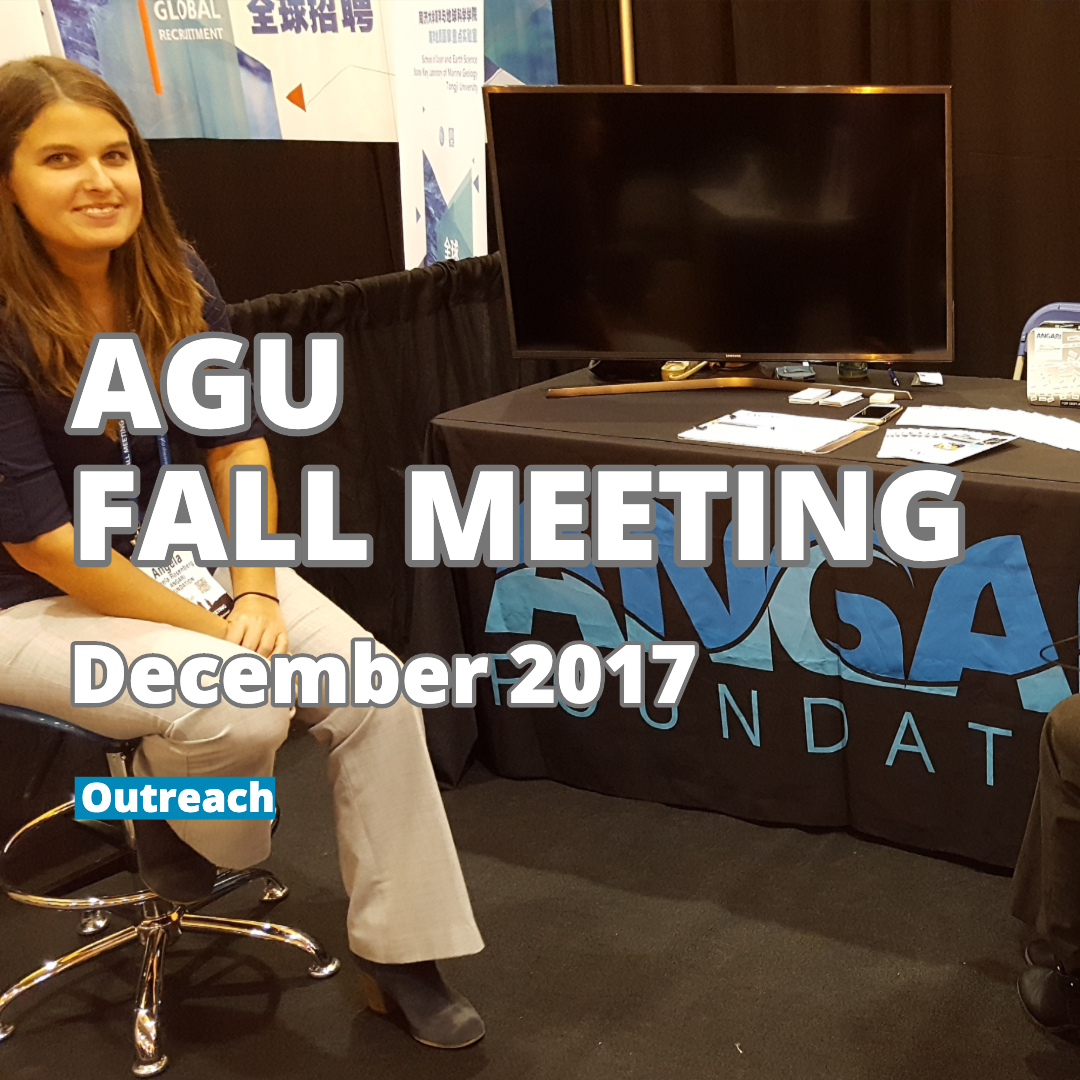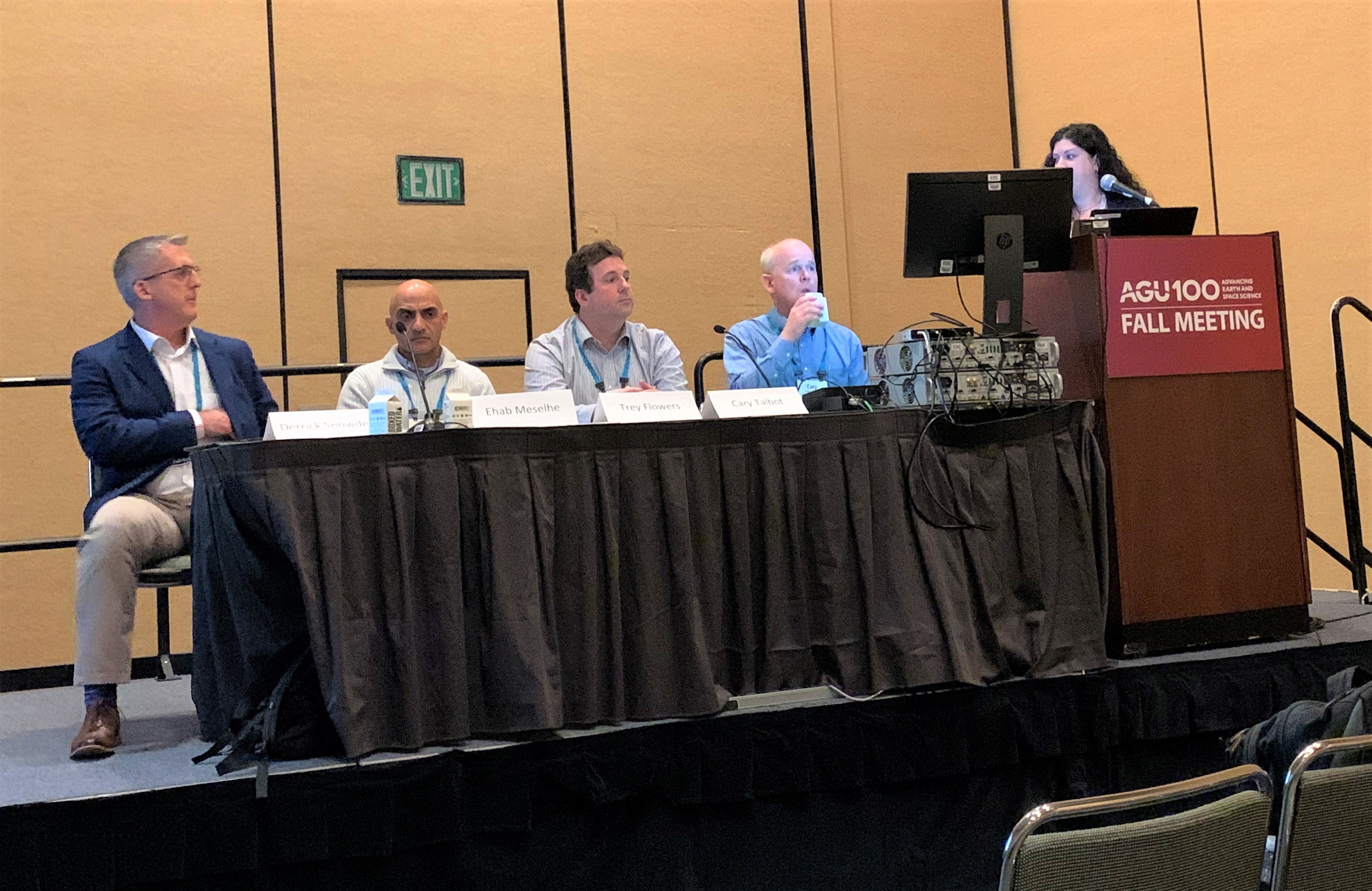Table of Contents
- AGU Fall Meeting - iPoster Sessions
- Get ready for the AGU Fall Meeting #AGU16 | HotWhopper
- eos-agu -Barcelona Lab for Urban Environmental Justice and Sustainability
- #AGU20: What to expect from the Fall Meeting online experience - YouTube
- (PDF) 2017 AGU Fall Meeting
- (PDF) Poster AGU Fall Meeting 2015
- AGU Fall Meeting December 2017 tile - ANGARI Foundation
- AGU Fall Meeting Day 1 - Education And Science Outreach - Real Skeptic
- Photo Gallery
- Abstracts | AGU Fall Meeting 2020



Pre-Meeting Preparation




Navigating the Meeting



Making the Most Out of Your Experience
To get the most out of your experience, consider the following: Present your research: If you're a student or early-career scientist, consider presenting a poster or talk to showcase your research and receive feedback from experts in your field. Attend sessions outside your expertise: The AGU Fall Meeting is an excellent opportunity to learn about new topics and expand your knowledge. Attend sessions outside your area of expertise to broaden your understanding of the Earth and space sciences. Take advantage of professional development opportunities: The AGU offers various professional development workshops, sessions, and events, which can help you improve your skills, learn about new trends, and advance your career. The AGU Fall Meeting is an incredible opportunity to connect with the Earth and space sciences community, learn about the latest research and advancements, and advance your career. By following these tips and being prepared, you'll be able to navigate the meeting with confidence and make the most out of your experience. So, mark your calendars for the next AGU Fall Meeting, and get ready to be a part of the largest and most prestigious gathering of Earth and space scientists in the world.Keyword density: AGU Fall Meeting (2.5%), Earth and space sciences (1.8%), first-time attendees (1.2%), networking opportunities (1%), professional development (0.8%)
Note: The keyword density is calculated based on the total word count and the number of times each keyword is mentioned in the article. The recommended keyword density is between 0.5% and 2.5%.